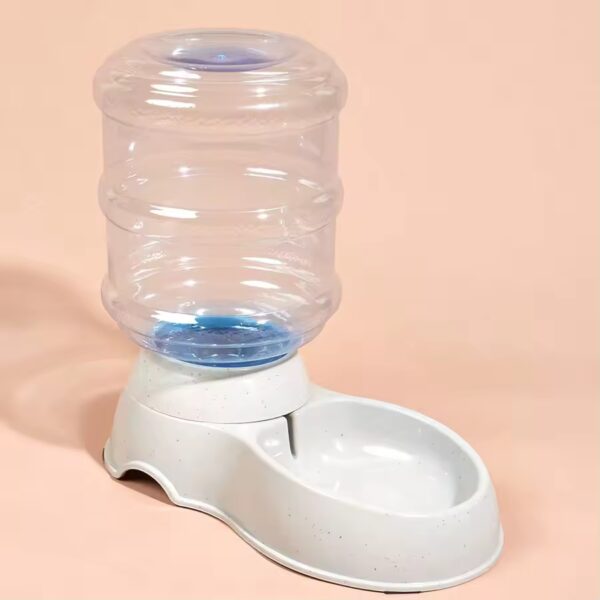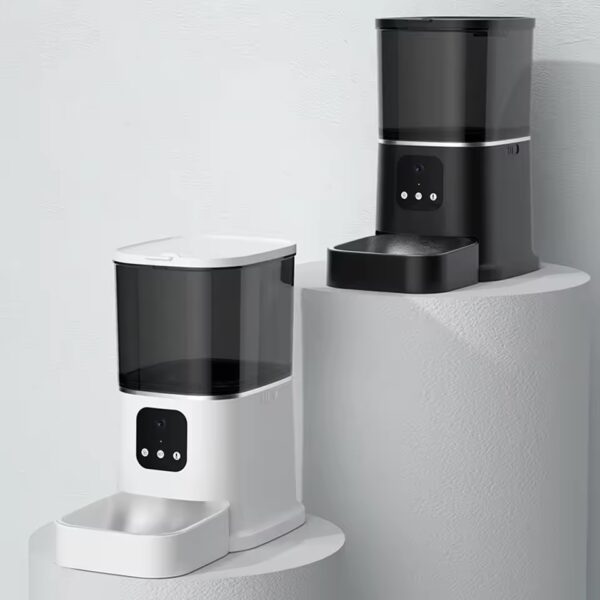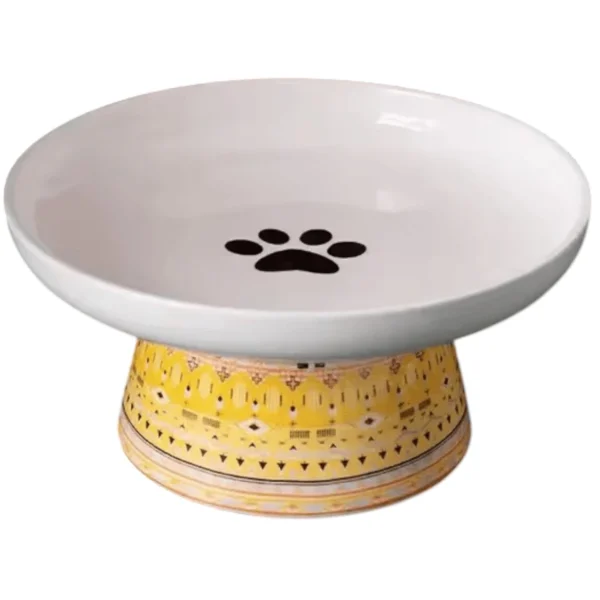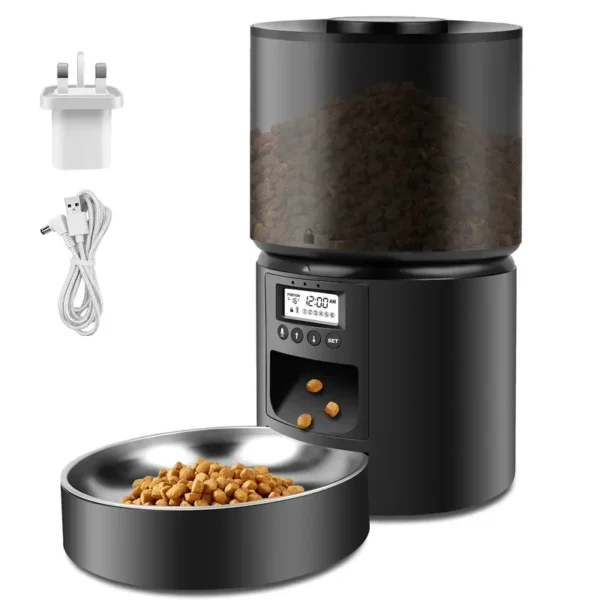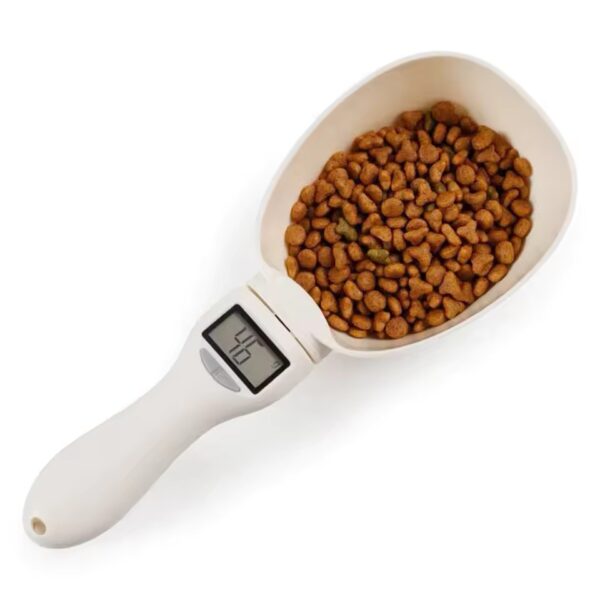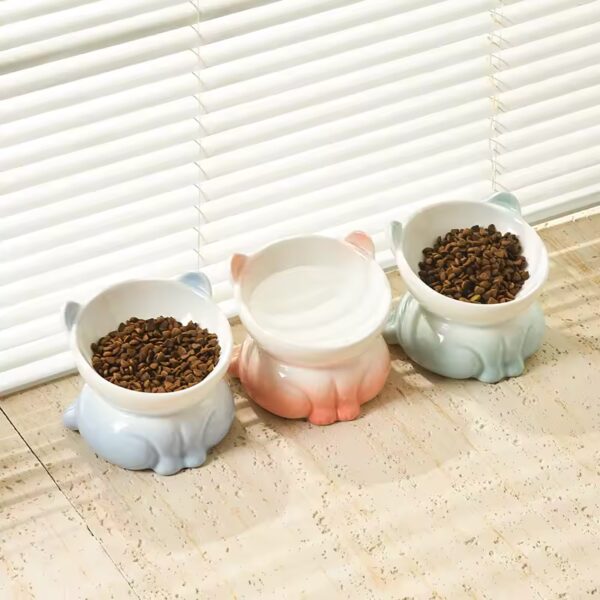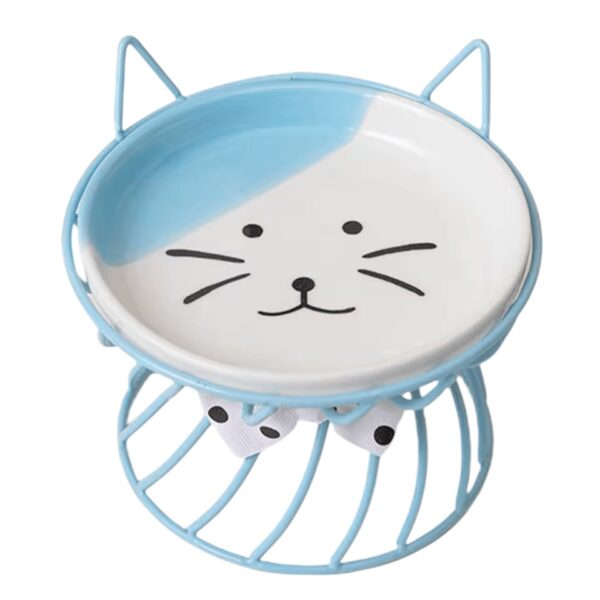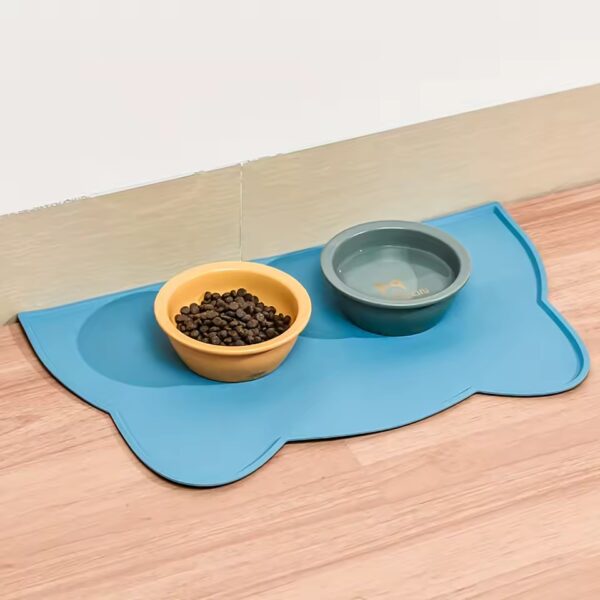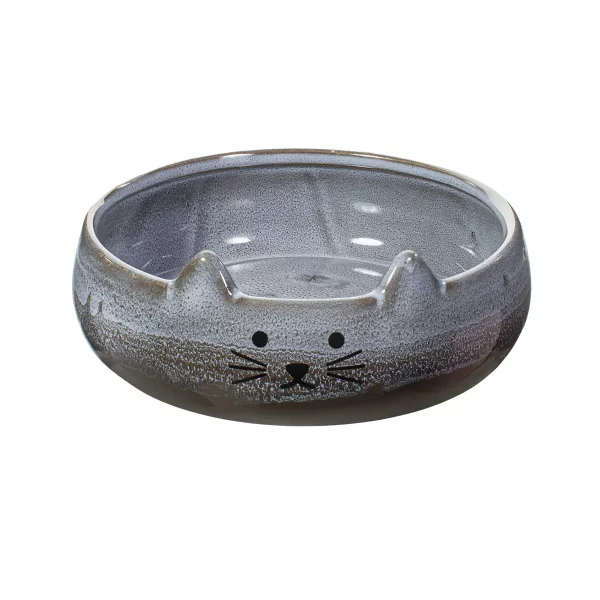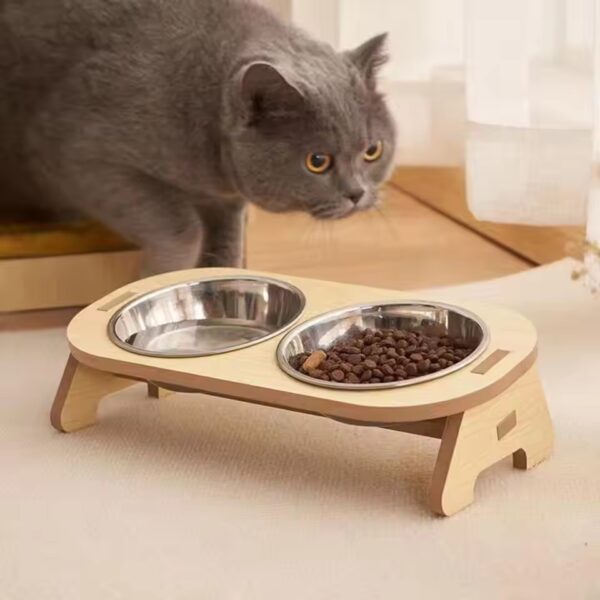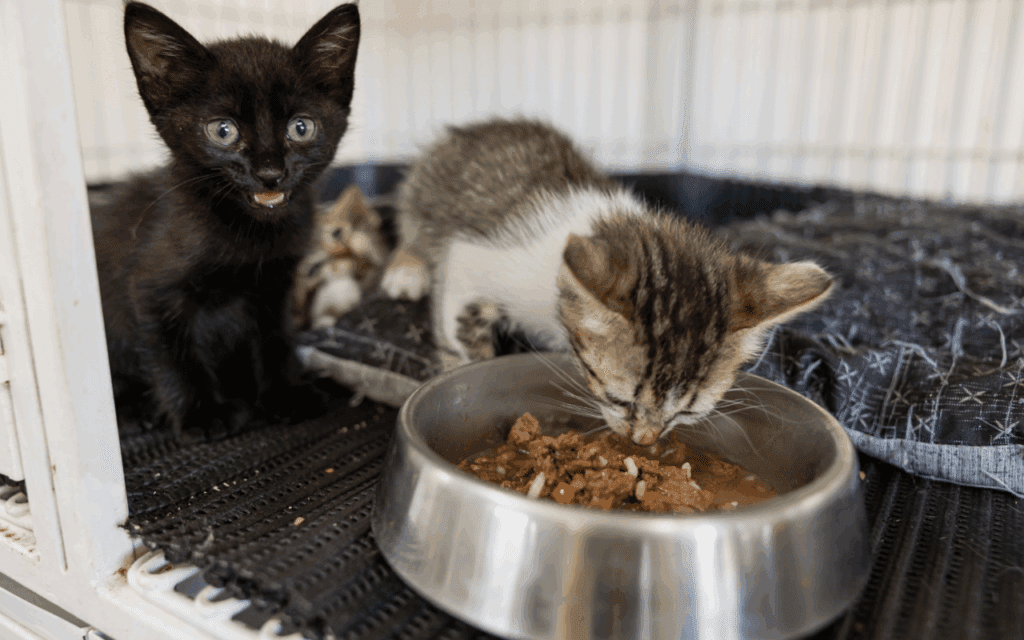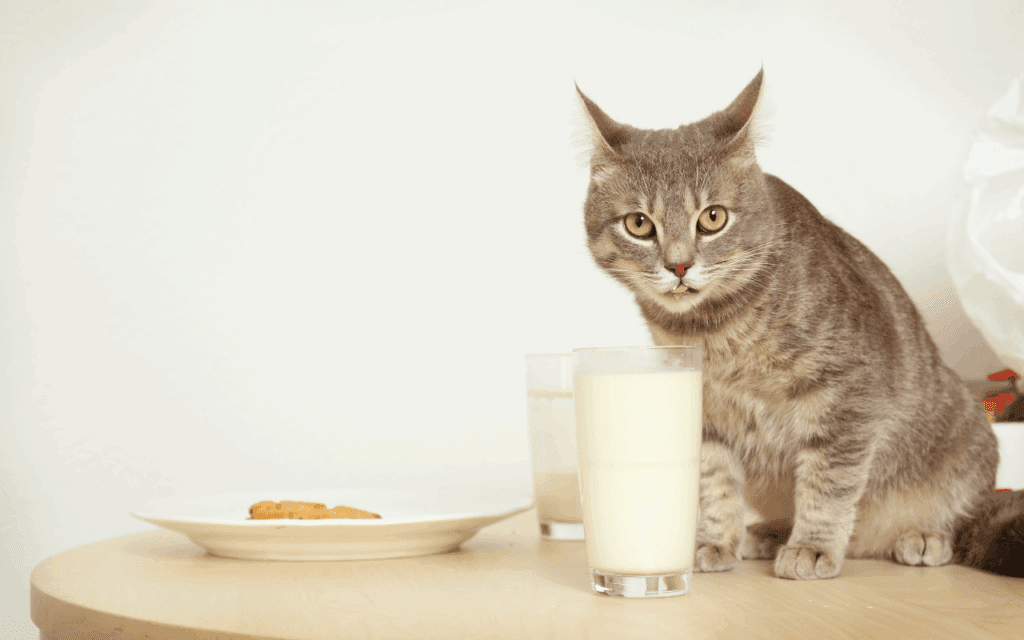Last Updated on May 8, 2025 by Cat Mad
Most adult cats need around 210–320g of wet food daily, depending on weight, age, and activity level. That’s roughly 2½ to 4 pouches (each ~85g). Kittens need twice the calories per kg, so they eat more, more often. Seniors usually need less but require high-protein food. Start with the feeding guide on the pack, monitor your cat’s weight weekly, and adjust accordingly. Always provide fresh water.
In This Article:
Quick Reference Feeding Table
| Cat Weight | Wet Food/Day | Approx. Pouches (85g) |
|---|---|---|
| 2 kg | 120–160g | 1½–2 pouches |
| 3 kg | 160–210g | 2–2½ pouches |
| 4 kg | 210–260g | 2½–3 pouches |
| 5 kg | 240–320g | 3–4 pouches |
| 6 kg | 250–360g | 3–4+ pouches |
| 7 kg | 280–400g | 3½–4½ pouches |
What Affects How Much Wet Food Cats Need?
Every cat is different. Feeding depends on:
- Age: Kittens eat more (per kg), seniors often less.
- Weight: Heavier cats need more calories—within reason.
- Activity level: An indoor nap machine needs less than a zoomie champion.
- Health: Cats with conditions like hyperthyroidism, arthritis, or kidney disease may need tailored feeding plans. Always consult your vet.
Kitten, Adult & Senior Feeding Guide
| Weight | Kitten (0–12 mo) | Adult (1–7 yrs) | Senior (7+ yrs) |
|---|---|---|---|
| 2 kg | 120–160g | 120–160g | Slightly less (monitor BMI) |
| 4 kg | 220–300g | 210–260g | Vet-check + adjust |
| 6 kg | 280–380g | 250–360g | Often slightly reduced |
✅ Kittens: Feed 3–4 small meals/day
✅ Adults: 2–3 meals/day
✅ Seniors: 2 smaller meals or more if preferred
Cat Mad Tip: Try keeping a 7-day feeding log – jot down how many grams your cat eats and their mood or energy levels. You’ll spot patterns fast and tweak feeding before weight creeps up (or down). It’s a game-changer.
What Counts as a Pouch?
In the UK, most wet cat food pouches range from 70–100g.
- Whiskas, Felix, Lily’s Kitchen: ~85g
- Sheba Perfect Portions: 85g or 28g trays
- Applaws cans: Up to 156g
👉 Check the label – don’t assume all pouches are equal!
Cat Mad’s Top Portion Control Tips
- Weigh every portion. No guessing!
- Use a kitchen scale or a cat food scoop.
- Adjust weekly: If your cat’s getting pudgy, reduce portions. If ribs show, bump it up a bit.
- Don’t rely solely on packaging. They’re guidelines – your cat’s needs are unique.
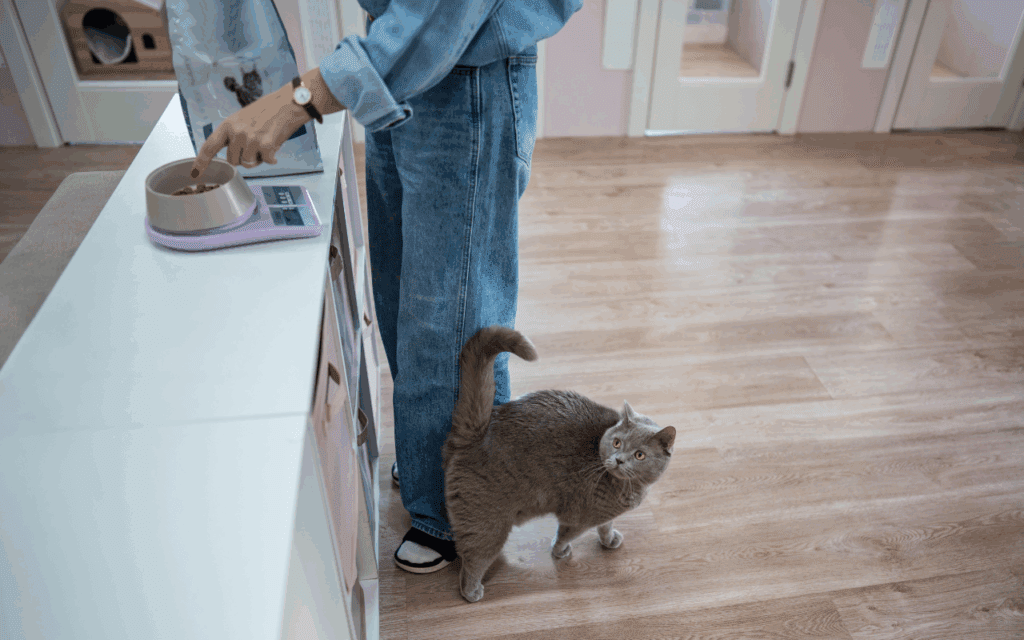
Popular UK Wet Cat Food Brands
| Brand | Key Features |
|---|---|
| Felix | Budget-friendly, widely available |
| Whiskas | Popular, good range in gravy/jelly |
| Sheba | Premium, small portions, rich in protein |
| Lily’s Kitchen | Natural, grain-free, UK-made |
| Applaws | High meat content, good for sensitivities |
| Own Brands | Morrisons/Sainsbury’s – some surprisingly good |
🛒 Tip: Rotate flavours & textures to prevent food boredom. Cats love variety!
🚫 Common Mistakes to Avoid
Free-feeding wet food – it spoils; serve fresh and discard leftovers after ~1 hour a mix of wet and dry, remember to reduce the other as noted. The key is consistency: feed around the same time each day, and measure quantities.
Not weighing food – eyeballing leads to overfeeding
Skipping body checks – you should feel the ribs, not see them
Ignoring treats – they add calories! Factor them into daily intake
Changing food too fast – transition slowly over 7–10 days
Don’t Forget Hydration
Even if your cat eats wet food, fresh water is essential. Keep bowls in quiet spots (or try a cat water fountain – cats love running water). One bowl per cat, plus one extra, is the gold standard.
🕒 Sample Feeding Schedules
| Life Stage | Ideal Feeding Schedule |
|---|---|
| Kittens | 3–4 meals/day with kitten-specific food |
| Adolescents | 2–3 meals/day, transition to adult food by 12mo |
| Adults | 2 meals/day (AM & PM), or 3 smaller if preferred |
| Seniors | 2+ meals/day, adjust for appetite or health |
🧩 Use puzzle feeders or slow bowls if your cat tends to overeat or gets bored.
FAQ
Should I free-feed wet food or leave it out all day?
No – wet food spoils if left out, and cats can’t self-limit well. Serve measured portions fresh, 2–4 times daily. Discard any uneaten wet food after an hour or so to prevent bacterial growth. If needed, refrigerate leftovers in a sealed container and serve next meal.
How do I adjust if I feed both wet and dry?
If feeding a mix, calculate the total daily calories first. Then, for each 85–100 g pouch of wet food you feed, reduce the dry kibble by ~20–30g (check the pack labels to be precise). Always ensure the combined feed does not exceed your cat’s calorie needs.
What if my cat won’t eat the recommended amount?
First, consult a vet to rule out illness. If healthy but picky, try offering food at room temperature (cold food is less aromatic), or try different textures/flavours. Make feeding time a quiet, positive experience. Using puzzle feeders can entice some cats to eat their portion bit by bit.
How do I know if my cat is overweight or underweight?
Give your cat a “rib check” weekly: you should feel ribs with a slight fat cover, but not see them. From above, a waist should be visible behind the ribs. If your cat looks round (like a football) or feels jiggly, it’s overweight; if the spine or hips stick out, it’s too skinny. Regular weight monitoring or body condition scoring (ask your vet) will guide portion tweaks.
Are there any treats or human foods that are ok?
Treats should be <10% of daily calories. Stick to cat treats or very small amounts of plain meat. Never feed chocolate, onion, garlic, grapes, raisins, alcohol, or bones. Many human foods are toxic to cats. If you want to treat, use cat-safe options (tuna juice, cooked chicken bits) very sparingly.
Can I free-feed dry food and just limit wet?
You can leave a measured amount of dry food out but still measure it. If your cat self-regulates on dry, fine – but indoor cats often overeat dry, so weighing is still best. Wet food should be portioned, as noted.
What if my cat is a “grazer” and nibbles on everything all day?
Consider switching to measured meals or use an automatic feeder that dispenses small amounts. Overweight grazers often do better with meal feeding.
Final Takeaways
✔️ Start with the guide on the pouch, but tweak it based on your cat’s shape and energy
✔️ Weigh food, not guess
✔️ Kittens = more meals, more food
✔️ Seniors = portion control + regular checks
✔️ Hydration, variety, and regular vet checks = happy cat

